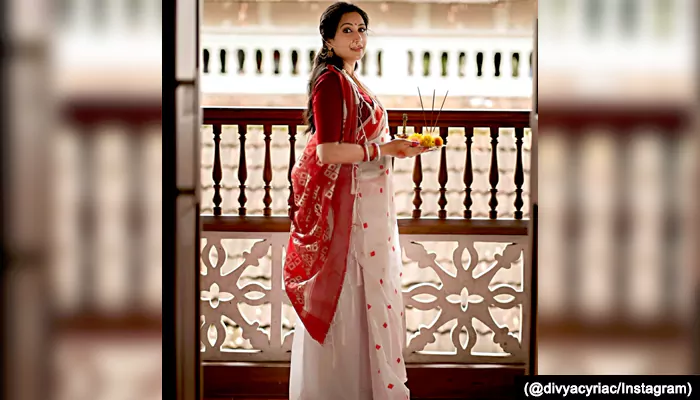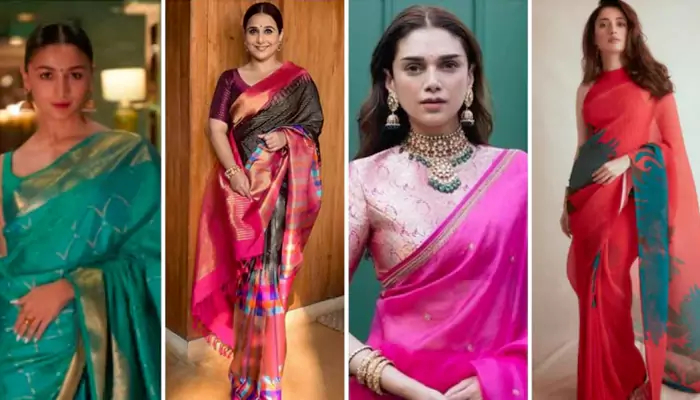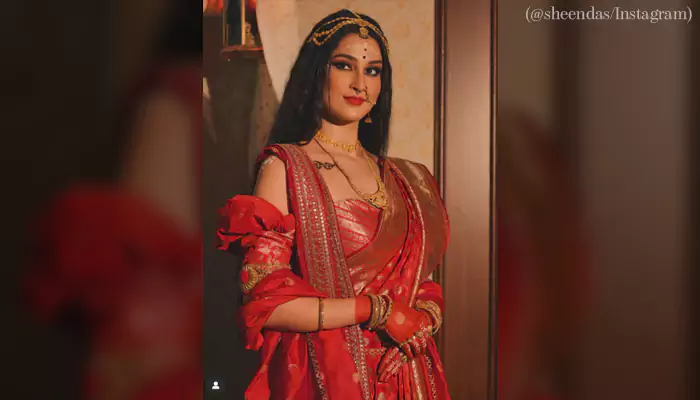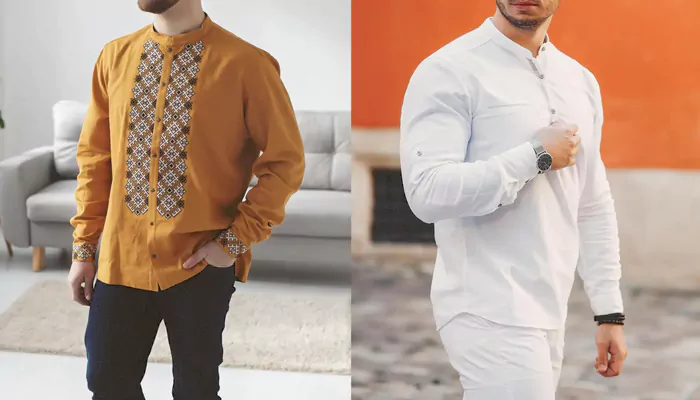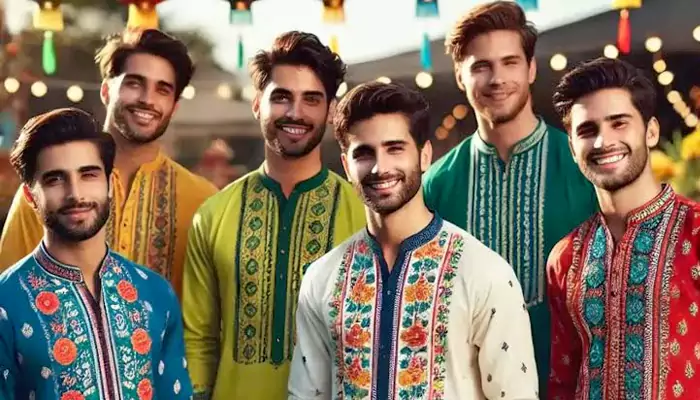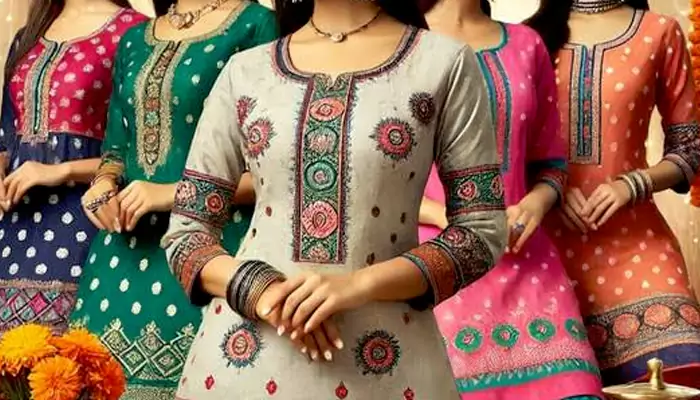
Is your next business meeting in a foreign land? Have you decided on your outfit for the meet yet?
If your work is more about the global business arena, dressing appropriately is crucial for making a positive impression and demonstrating respect for different cultures. Understanding the nuances of international business attire can be the key to establishing strong professional relationships. This guide is the perfect thing you need to understand the business attire norms of various regions to help you dress for success.
North America: Professional and Polished
In the United States and Canada, business attire tends to be formal and conservative, particularly in corporate settings. Men typically wear dark suits with dress shirts and ties, while women opt for tailored suits or professional dresses paired with closed-toe shoes. Business casual is becoming more accepted, especially in tech industries, where khakis or dress pants and collared shirts are common for men, and women might wear blouses with skirts or dress pants.
Europe: Elegant and Understated
Western Europe
In countries like the UK, France, and Germany, business attire is characterized by elegance and quality. Men often wear dark, well-fitted suits, and women choose stylish yet conservative outfits. In France, fashion is particularly important, so incorporating tasteful accessories can make a significant impact. The UK is known for its traditional business dress codes, with an emphasis on tailored suits and polished shoes.
Southern Europe
In Italy and Spain, there is a strong focus on style and presentation. Italian business attire is known for its high-quality fabrics and impeccable tailoring. Men and women alike dress in stylish suits, often adding a touch of personality through accessories. In Spain, business attire is slightly more relaxed but still leans towards the formal side, with an emphasis on neatness and presentation.
Asia: Respect and Tradition
East Asia
In Japan, business attire is very formal and conservative. Men wear dark suits with white shirts and subdued ties, while women wear modest, professional dresses or suits. The emphasis is on conformity and professionalism. In China, similar standards apply, with dark suits being the norm. However, there is also a growing trend towards business casual in younger, tech-oriented companies.
South Asia
In India, business attire can vary greatly depending on the region and industry. In metropolitan areas and multinational corporations, Western-style business suits are common for both men and women. However, traditional attire like sarees for women and Nehru jackets for men are also seen in more formal settings.
Latin America: Formal and Stylish
In Latin American countries, business attire tends to be formal and elegant. Men often wear dark suits and ties, and women opt for professional dresses or suits with tasteful accessories. There is a strong emphasis on personal grooming and presentation, reflecting the importance of making a good impression.
Africa: Diverse and Dynamic
Business attire in Africa varies significantly across the continent. In South Africa, business dress is similar to that in Western countries, with formal suits being the norm. In West African countries like Nigeria, you might encounter a blend of traditional and Western attire. For instance, men might wear agbadas (traditional flowing robes) for formal occasions, while women might wear elegant dresses with vibrant patterns.
Understanding and adhering to international business attire guidelines can significantly enhance your professional image and foster successful cross-cultural relationships. Dressing appropriately demonstrates respect, confidence, and professionalism, paving the way for fruitful business interactions.


